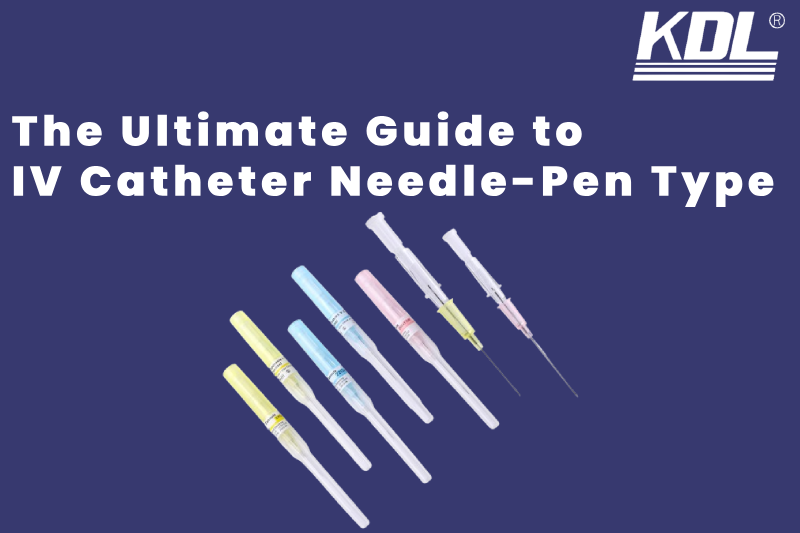
Hey there, healthcare professionals and aspiring medical experts! Today, we’re diving deep into the world of IV Catheter Needle-Pen Type. Whether you’re a seasoned pro or just starting out in the field, this ultimate guide will equip you with everything you need to know about these essential tools in the medical world.
What is an IV Catheter Needle-Pen Type?
Let’s kick things off with a basic introduction to IV Catheter Needle-Pen Types. These devices are used to deliver fluids, medication, or blood products directly into a patient’s bloodstream. They come in various sizes, gauges, and materials, each serving a specific purpose in medical treatment.
The Importance of Choosing the Right Needle-Pen Type
Selecting the right IV Catheter Needle -Pen Type is crucial for ensuring patient comfort, safety, and successful treatment outcomes. Choosing the wrong size or gauge can lead to complications such as infiltration, phlebitis, or even infection. It’s essential to consider factors like patient age, medical condition, and treatment requirements when selecting the appropriate needle-pen type.
Understanding the Different Sizes and Gauges
IV Catheter Needle-Pen Types come in a range of sizes and gauges, each designed for specific medical procedures and patient populations. Understanding the differences between these sizes and gauges is essential for proper insertion and effective treatment delivery.
Exploring the Various Materials Used in IV Catheter Needles
IV Catheter Needle-Pen Types are made from a variety of materials, including plastic, metal, and silicone. Each material has its own unique properties and benefits, so it’s essential to consider factors like patient allergies, vein condition, and treatment duration when selecting the appropriate needle-pen type.
Tips for Proper Insertion and Removal Techniques
Proper insertion and removal techniques are key to successful IV catheter placement and removal. Healthcare professionals should follow strict protocols for aseptic technique, vein assessment, and securement to minimize the risk of complications and ensure patient safety.
Common Complications and How to Avoid Them
Complications such as infiltration, phlebitis, and infection can arise when using IV Catheter Needle-Pen Types. Healthcare professionals should be vigilant in monitoring for signs of complications and take prompt action to address any issues that may arise.
Best Practices for Maintaining and Caring for IV Catheters
Proper maintenance and care are essential for prolonging the lifespan of IV Catheters and ensuring optimal performance. Healthcare professionals should follow manufacturer guidelines for flushing, dressing changes, and site care to prevent complications and maintain device integrity.
Innovations in IV Catheter Needle-Pen Technology
Advancements in IV Catheter Needle-Pen Technology have revolutionized the way medical professionals deliver treatments and care to patients. From safety features to antimicrobial coatings, these innovations are designed to enhance patient comfort, reduce complications, and improve treatment outcomes.
Conclusion
In conclusion, mastering the art of IV Catheter Needle-Pen Types is essential for healthcare professionals looking to deliver safe, effective, and compassionate care to their patients. By understanding the different types, sizes, gauges, and materials used in IV Catheters, as well as best practices for insertion, maintenance, and care, healthcare professionals can empower themselves with the knowledge they need to excel in their practice.
So there you have it, the ultimate guide to IV Catheter Needle-Pen Types. We hope this blog post has provided you with valuable insights and practical tips for mastering the art of IV catheter placement and care.
 +86-791-8686-1216
+86-791-8686-1216 

